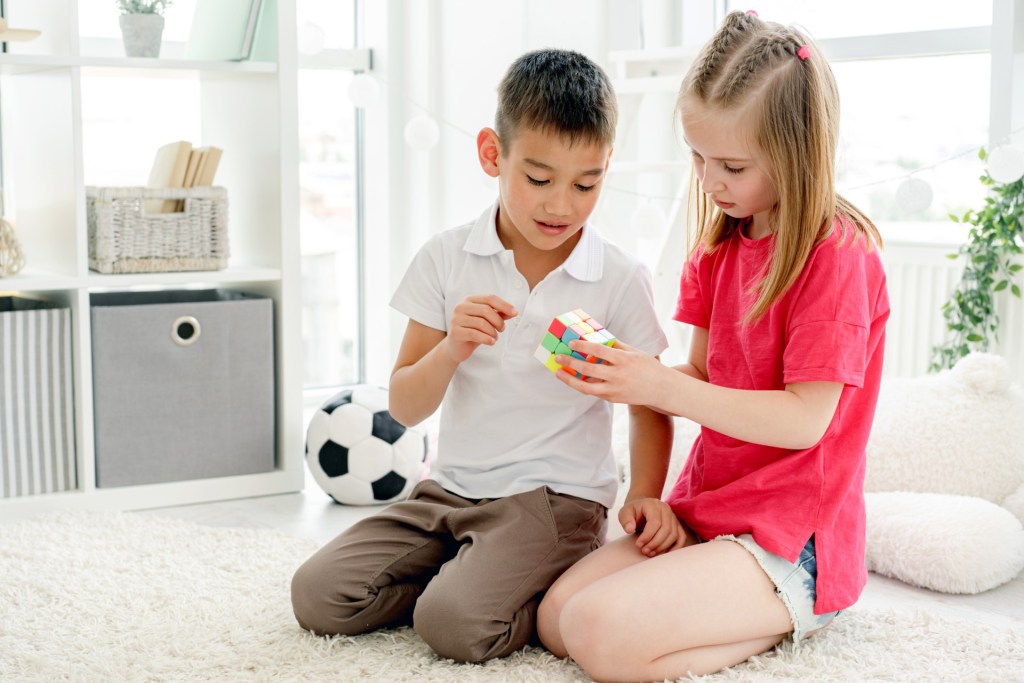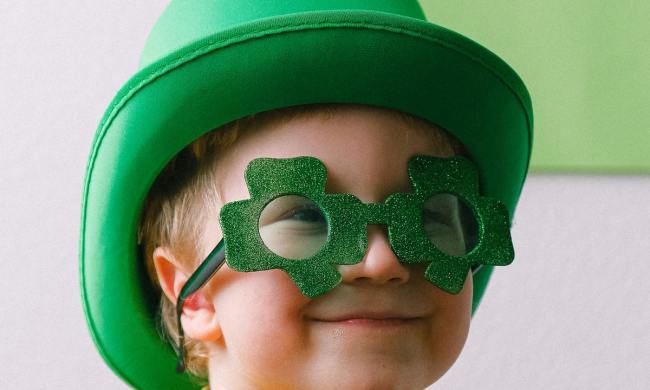Some toys come and go in popularity, but others remain prominent throughout generations. Those that fall into the latter category are a better value and often better made. Toys that can be used by children of different ages are also of high interest to the parent who doesn’t want to buy a lot of toys. Here are a number of classic toys for kids that can be handed down and/or relished throughout childhood.
Stacking toys
Available in wooden or plastic versions and a variety of designs, stacking toys help develop hand-eye coordination, pattern recognition, and spatial relationships. Natural wooden ring toys as well as curved rainbows are just a few of the kinds of stacking toys that are currently trending. Although stacking toys are best enjoyed by toddlers, heirloom-quality pieces can be appreciated by children and adults alike.
Jigsaw puzzles

You can find a jigsaw puzzle depicting nearly anything. Modern jigsaw puzzles have uniquely shaped pieces and sometimes even make a (non-square) shape when complete. What’s really great about jigsaw puzzles is that people of all ages can work on them, as long as they can recognize complementary shapes. And jigsaw puzzles can have thousands of pieces, so they make for a fine activity to do as a family, perhaps over several days.
Balance boards
Encouraging the development of balance and coordination, balance boards are a toy that requires kids to be active to use! Typically made of wood, balance boards are best for elementary-age children and older. You can do various exercises and stretches on a balance board, increasing your flexibility and stability. Ranging in price from about $20 to more than $200, there’s surely a balance board that fits your budget.
Mancala
Played around the world, mancala has existed since at least the 7th century. There are numerous variations of the game, but at its most basic, mancala is a two-player strategy game played with beans, seeds, or stones in a playing board or holes in the ground. The goal is to collect the most playing pieces. Mancala can be taught from a young age and a mancala board and playing pieces can be inexpensive to purchase.
Wooden blocks
Although somewhat similar to stacking toys, a set of wooden blocks allows for more learning experiences than just pattern recognition. Imaginative, creative play is fostered by wooden blocks. These open-ended toys might be made of varnished natural wood, have designs, or be colorful. Children can build structures and act out scenes with blocks. They can also sort them by size or shape.
Cat’s cradle
All that’s needed to play the ancient game of cat’s cradle is a long piece of string and two hands. Cat’s cradle can be played individually or with two or more people, making it quite versatile! Versions of cat’s cradle exist throughout the world and differ by region. String figures are successively made by looping the string through the hands in certain patterns. You can purchase a book for reference, or simply research the figures and use string from home.
Cards
Simply put, you can do a lot with a deck of cards. There are trick games, like bridge, as well as matching games such as rummy. Also, there are shedding games including crazy eights and old maid, and collecting games like slapjack. Comparing games, such as poker, don’t have to be just for adults! And there are even card games that can be enjoyed alone, like solitaire.
Puzzle cubes

Puzzle cubes (and spheres, prisms, and other shapes) can either consist of twisting pieces or separate pieces that are assembled. They measure problem solving, reasoning, and patience. Like many other games and toys listed here, puzzle cubes are for children of all ages — as long as they do not serve as choking hazards. Popular puzzle cubes include burr puzzles and Rubik’s Cube.
Some toys might get used a few times and forgotten. But with the help of the toys listed here, you can entertain your child for years with one simple purchase. When buying one of these classic games or toys, consider buying a quality product that can be handed down through generations.


